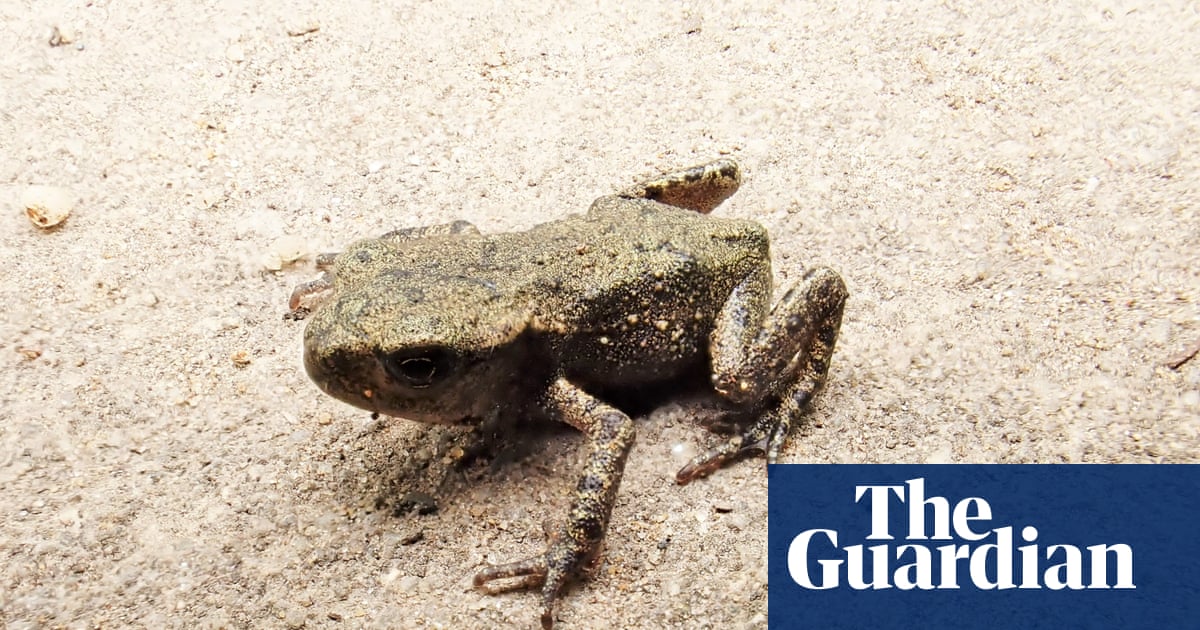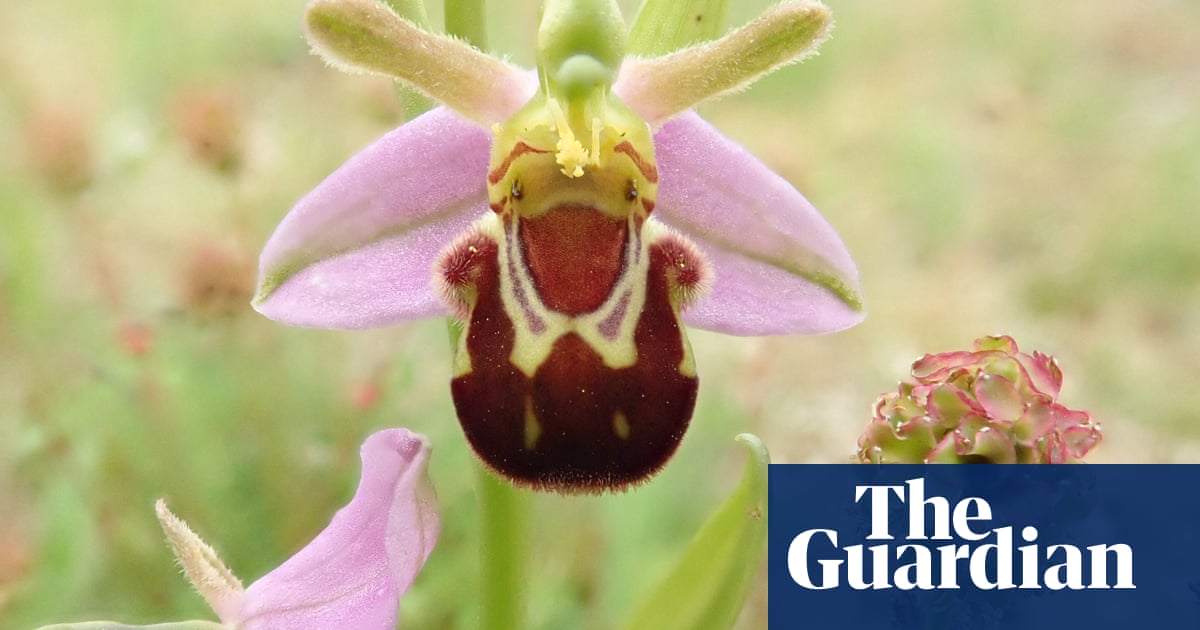
I found them three years ago. A large beech had collapsed across a spring, and there along the downstream side of the trunk were 19 fruiting bodies of a fungus called Ganoderma applanatum.
It’s far easier to remember it as artist’s bracket or, better still, artist’s conk, which beautifully conveys how the species extrudes like a huge nose, or hemispherical shelf. The fruiting body can endure for two decades, the upper side as thickening wavy bands with a consistency of black porcelain; the “artist” in its names refers to the way people add drawings to the pale underside.
The manner in which this tree had fallen athwart the spring meant that water had pooled behind it, with any excess forced to spill over the horizontal trunk in ice-edged spray. The brackets on the other side were glazed in rippling white lines of frost so that the whole was as beautiful as it was musical.
I should add that artist’s conk is difficult to separate from another Ganoderma called southern bracket. I’m far too inexperienced to know them, but I was helped in my natural history by a remarkable insect, the yellow flat-footed fly, whose unfortunate scientific name is Agathomyia wankowiczii.
I might be unable to tell one bracket from another, but the fly infallibly can. It only lives on this Ganoderma, and as I recently examined the white undersides to the fungi, I found telltale grape-like galls, which the insect causes to grow on artist’s bracket.
What was more incredible is the way that, over those three years, my fungi have waxed fat and gorged on the otherwise indigestible cellulose and lignin of beech heartwood. So much so that the stream had washed right through this impediment to its course. All that was left of my tree was a sodden mulch that you could rub between finger and thumb like gloopy meal.
The fungi have devoured their home and will die with their prey. But grieve not, dear reader. Artist’s bracket can release billions of spores a day, seeding into the breeze trillions of potential offspring over a six-month season.












